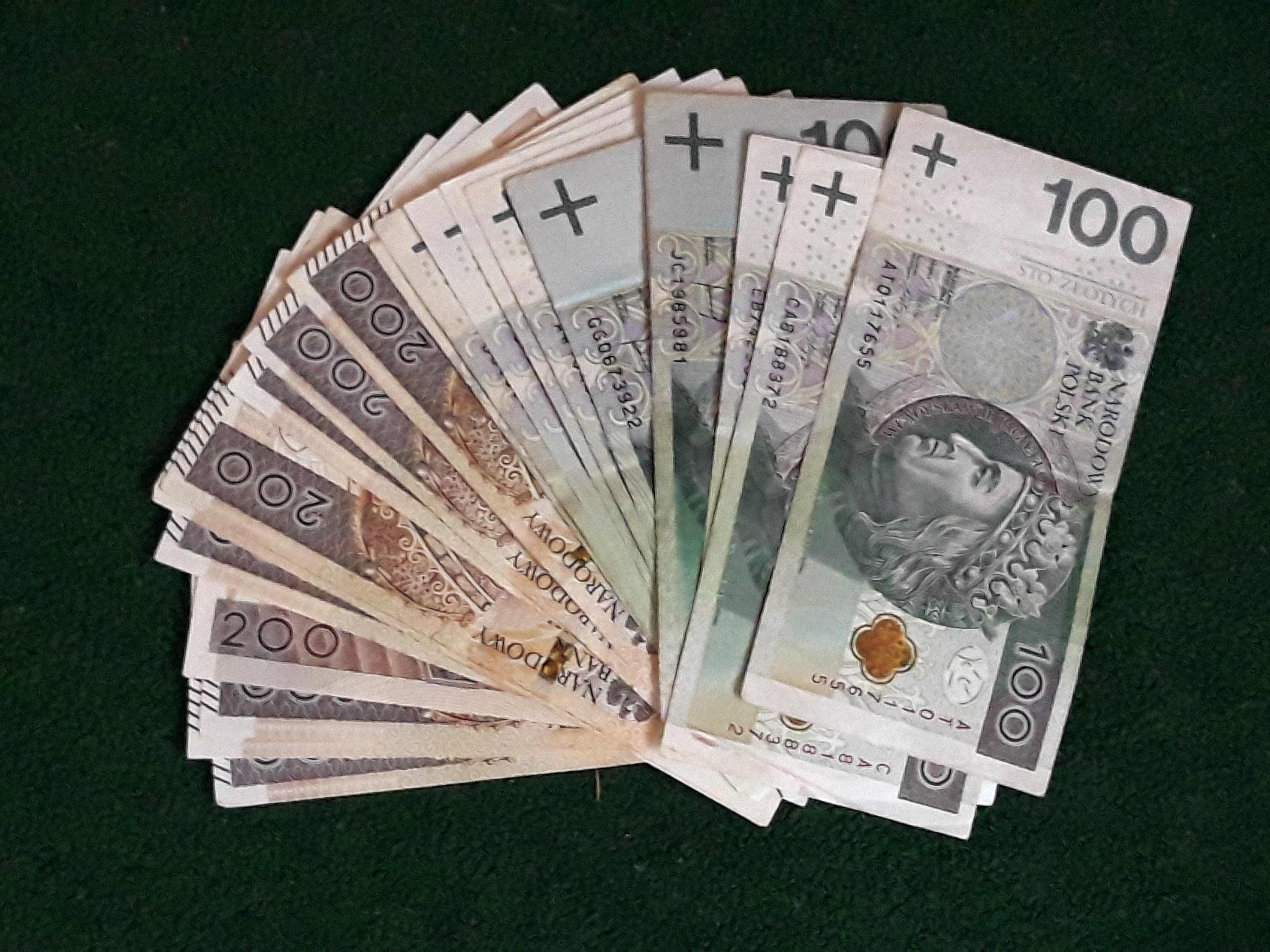B.Ratter: Germany donated Polish lands to the Ukrainian People's Republic in exchange for grain
date:May 04, 2024 Editor: Anna
Archbishop J. Bilczewski described the attitude towards Poles of the authorities proclaimed in October 1918 by the Ukrainian ZRL occupying the territory of the Republic, recovered by Poles after 123 years of imprisonment in dense battles in the large War, thanks to the thought and act of independency of Poles: “To remove the Polish character of cities and towns, they began to rapidly Ukrainianize street inscriptions and street signs. The fixed signs were to be written in Russian. The statues of the large men of the Polish nation were ruined. These monuments survived the invasion of Russians, Hungarians, they could not only stay under Ukrainian rule. Most of the Polish intelligence, which consists of officials and teachers, was removed from the positions and positions of government,... all Polish schools were closed...All intelligences were arrested and exported from front districts (Jaworów, Rawa Ruska, Żółkiow, Sokal, Kamionka Strumiłów, Radziechów, Bobrk, Rudki, etc.)”

Now there is again an chance to organize Polish lands.
Will there be a memory of Archbishop J. Bilczewski in "the Ukrainian component" in Polish schools?
Komarno lies in a very unusual area. From Grodek already flat and flat, immense ponds and wetlands all the way to Dniestrą go. In peasants, a beautiful park and an even nicer farm where we live. ...After days I paint - Jacek Malczewski wrote to his wife in 1894. He was a frequent guest in Rozdola and Komarna at the invitation of number Lanckoroński. A tiny watercolour with the panorama of Komarna painted by him Prof. Karolina Lanckorońska donated to the Royal Castle in Krakow.
Komarno, lying close to Lviv, became the site of the large War's war. In 1914, almost all youths of the town and village of Peasants went to the Legions. In the Polish-bolshevik war, they besides participated as officers.
On the night of 31.10.1918 at 01.11.1918, a Ukrainian MP to the Galician Sejm Grigory Tershaković received the command to take power in Komarna, as he besides did, and the authoritative buildings hung blue-yellow flags.
After the suppression of Ukrainian troops from Lviv 22.11.1918. Komarno lived the life of the front town. In the city, the military group “Szczerzec” under the command of K. Ślusark was stationed on the basis of which the 7th Ukrainian Brigade was formed.
In May 1919, the Polish offensive in east Małopolska began. The Wielkopolska Group, transported to Jagielloński Castle, was approaching strong enemy positions. On 15.05.1919 there were fierce fighting around Komarna, Ukrainian troops led by M. Seniut and M. Leszczyński. On 16 May, Wielkopolska troops hit Komarno, capturing them by noon. Residents in the church can perceive to the first sermon since the “governments” of nationalists were banned.
In the vicinity of Komarna on 15.05.1919 he died in combat Louis Torz, Wielkopolska, corporal of the 1st Wielkopolska firearm Regiment. He gave his life for the return of the city to Poland. I remind his character by paying tribute to all those who died in fighting for the maintenance of east Małopolska.
In January 1929, many years after the war, “Gazeta Lwowska” reported that the Komarna court had implemented an amortisation procedure to redeem securities which were robbed by the Ukrainian military from the taxation office as a judicial deposit in Komarna on 15 May 1919. There was a long list of holders of these papers from Komarna and its surroundings. The court called on them to show their rights to them within a period of six months, if not, shall be deemed to be out of force. That's how nearly 10 years after the robbery came her final. (Peter Wieernik Fractures broken mirror)
There are many similarities in Polish Ukrainian and Ukrainian German relations in our history. It is worth recalling the treaty called the “bread room” in which Germany donated Polish lands, Chełmszow and part of the Podlasie of the Ukrainian People's Republic in exchange for the transportation of 1 million tonnes of grain.
Poles widely recognized the Brest Peace of 9 February 1918 as the 4th demolition of Poland – says Dr. Piotr Szlanta of IH UW. 100 years ago, on 9 February 1918 in Brest, a peace treaty was signed between the central states and the Ukrainian People's Republic under which Poland was to lose Chełmszow and part of Podlasie.
This treaty is recognised by historians as part of the implementation of the German thought of Mitteleuropa. This concept is known from Friedrich Naumanna's 1915 book entitled "Mitteleuropa". The German politician advocated the creation of a union of countries subject to German cultural and economical dominance after the war in Central Europe, while preserving their interior independence.
In the peace treaty, the URL government promised to deliver a million tons of grain to the central states by 1 August 1918, hence the customary name of the treaty – "bread room". Berlin and Vienna believed that deliveries from fertile Ukrainian black earths would let them to last a fewer months longer until the triumph planned in the spring of 1918 a gigantic offensive on the western front. The price for concluding this area and Ukrainian grain was to be included in the Chełmszczyzna URL.
Oh, my God.
== sync, corrected by elderman ==













